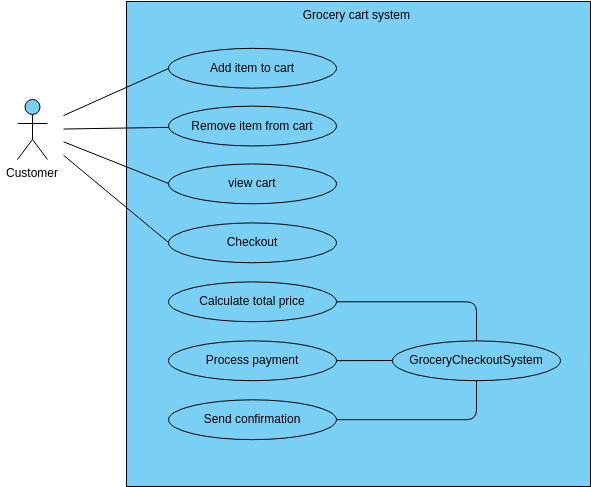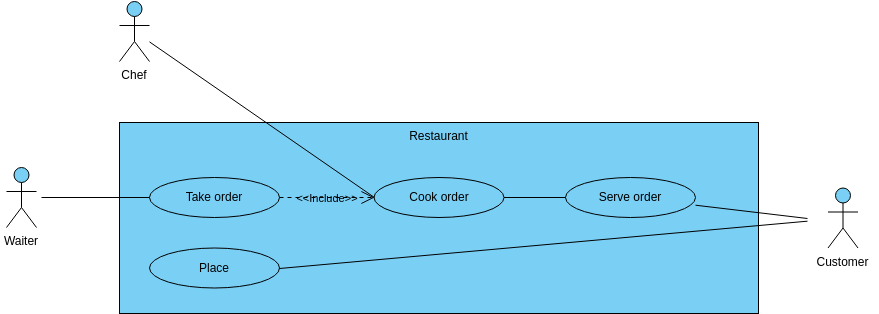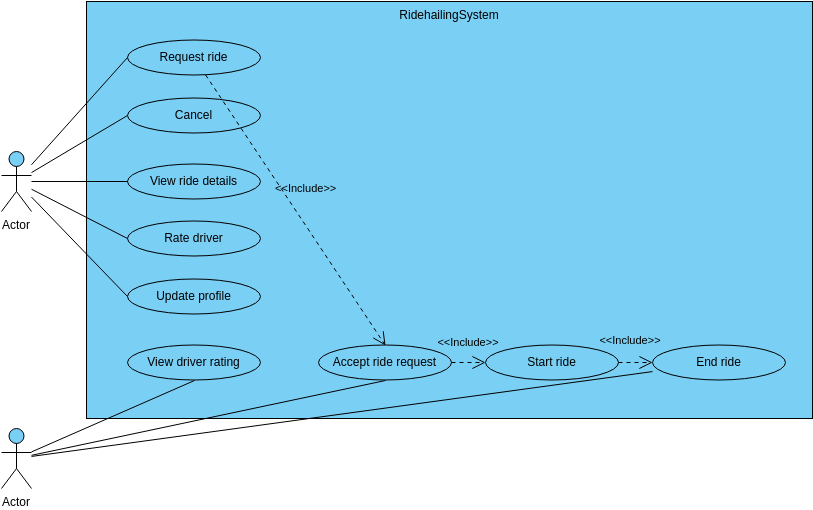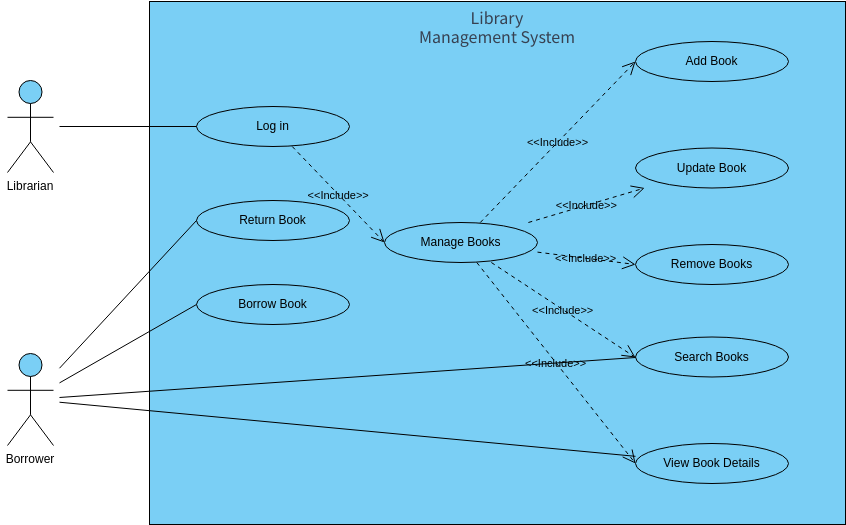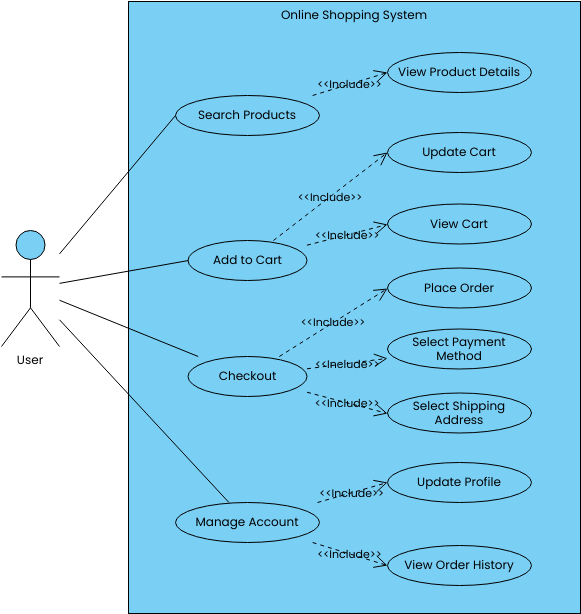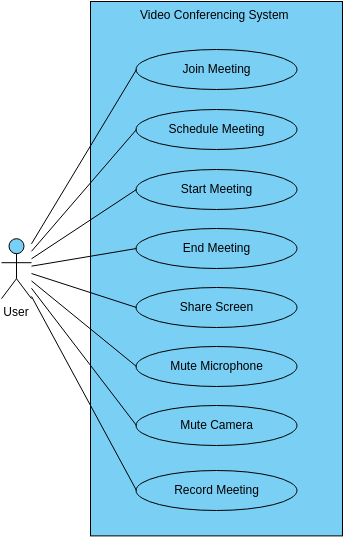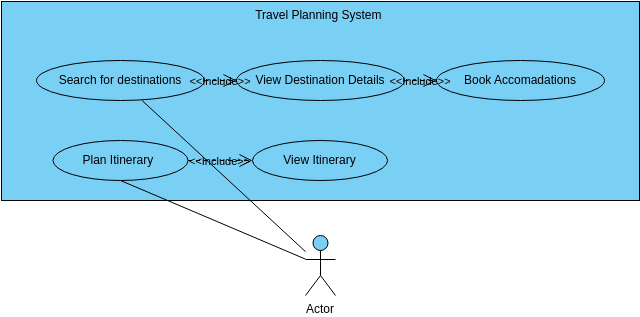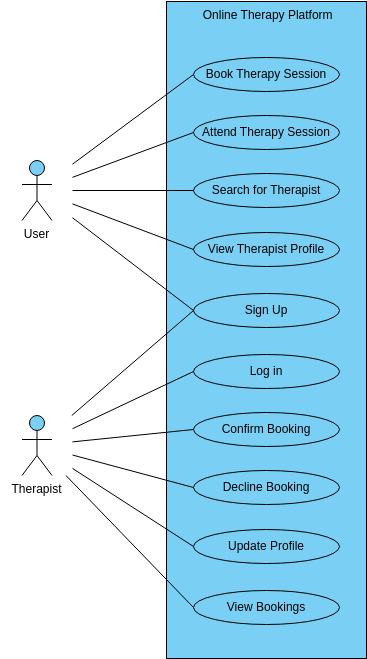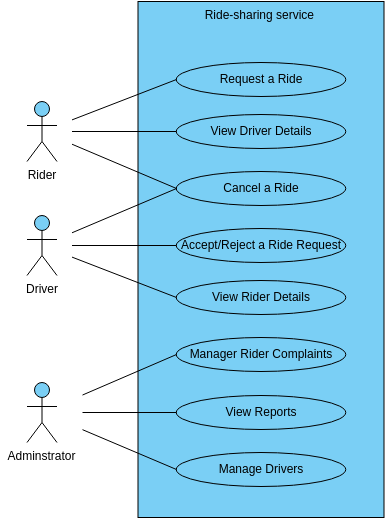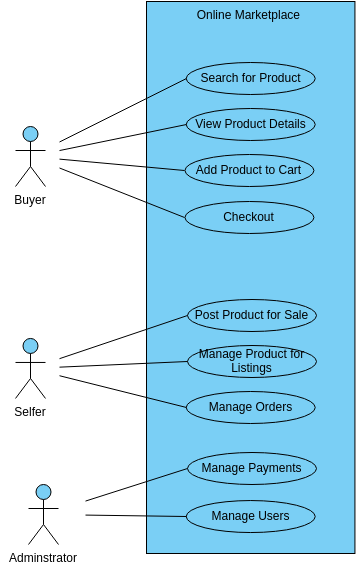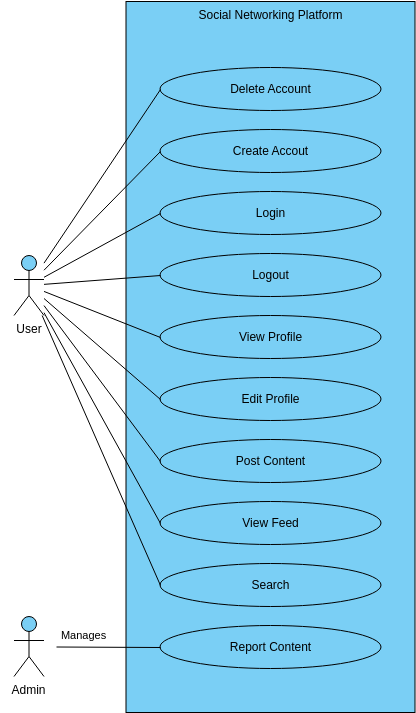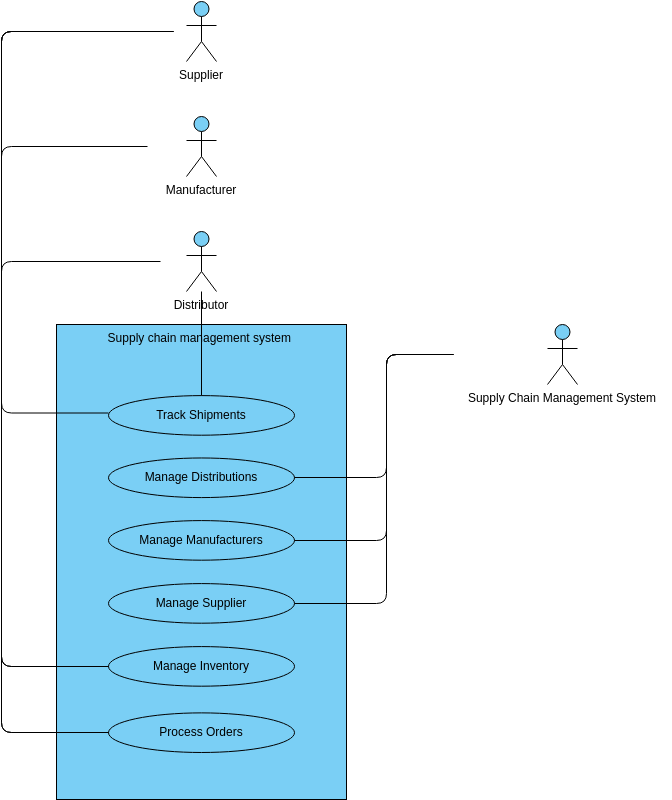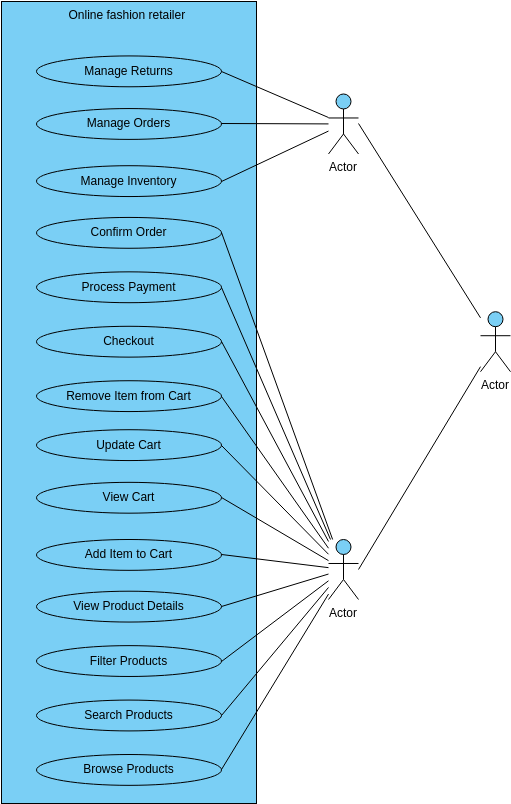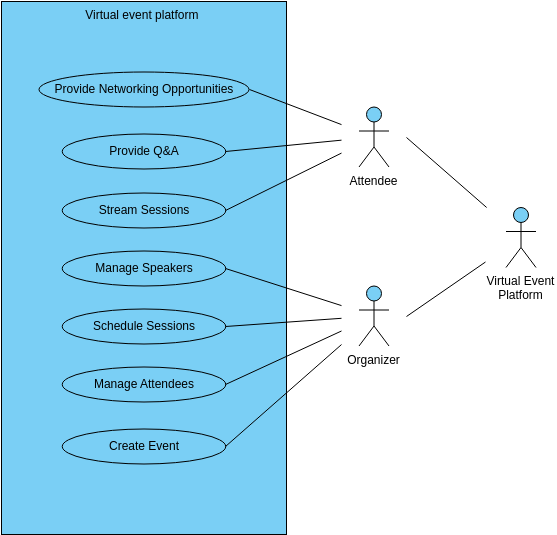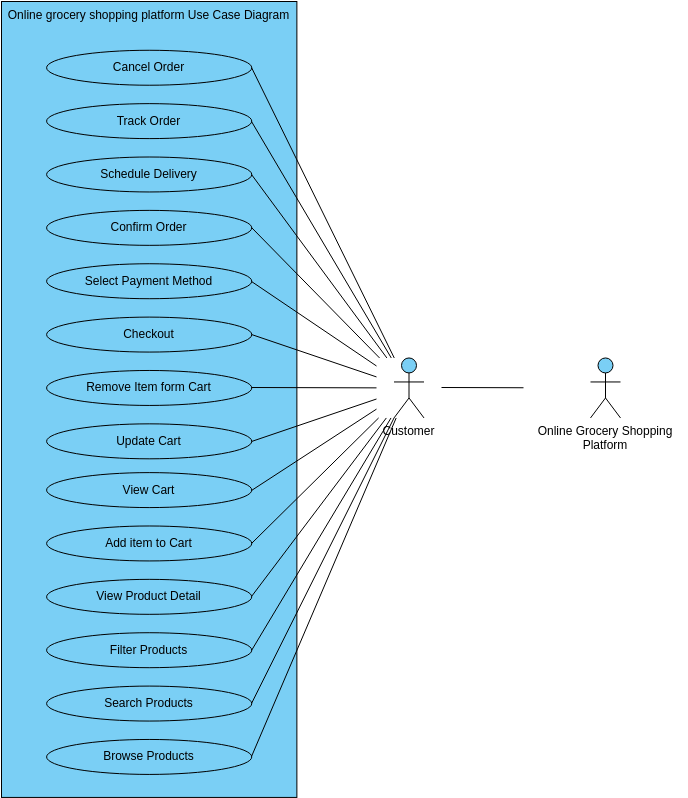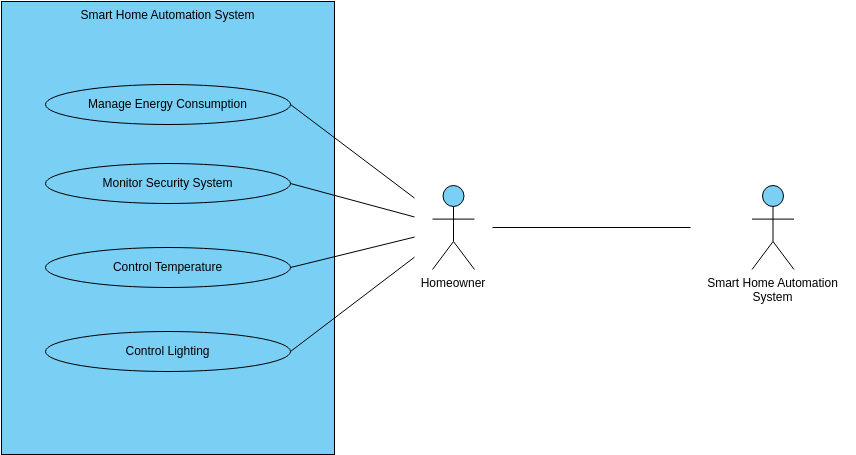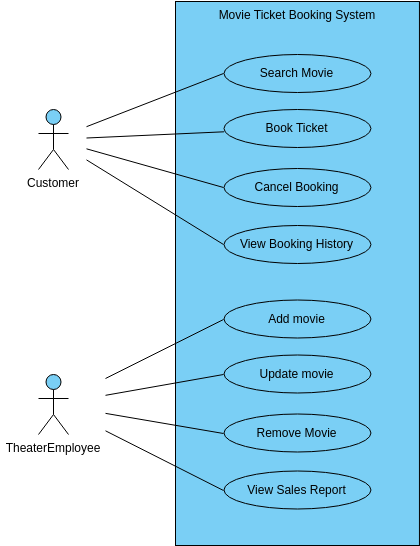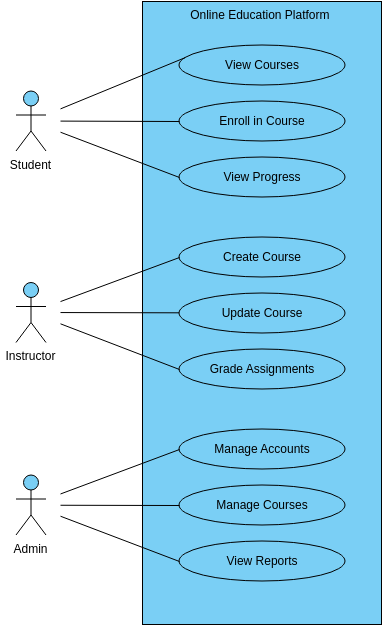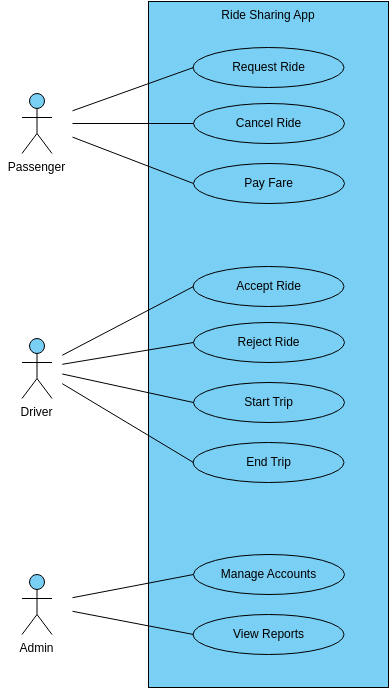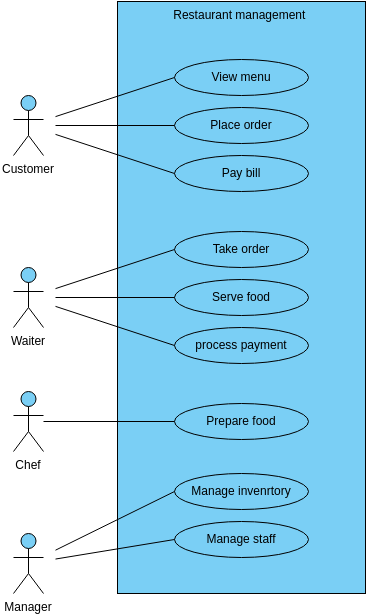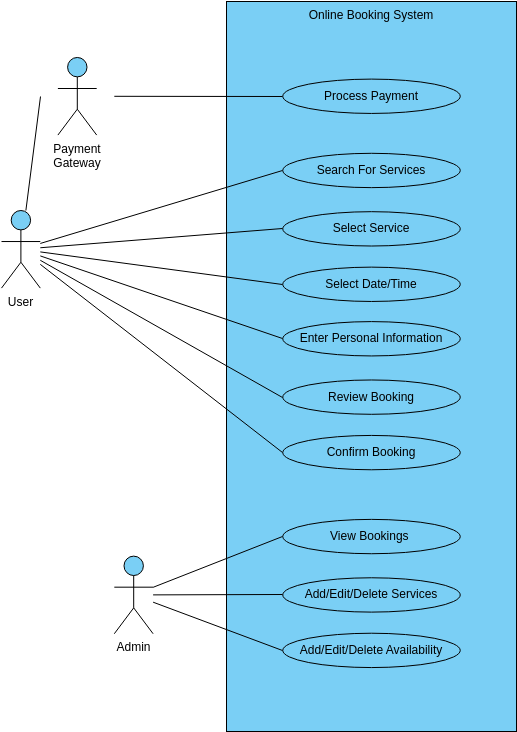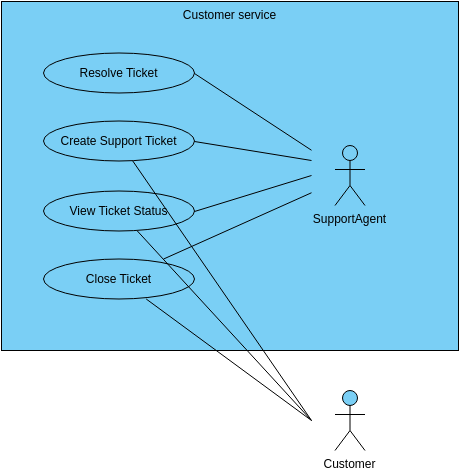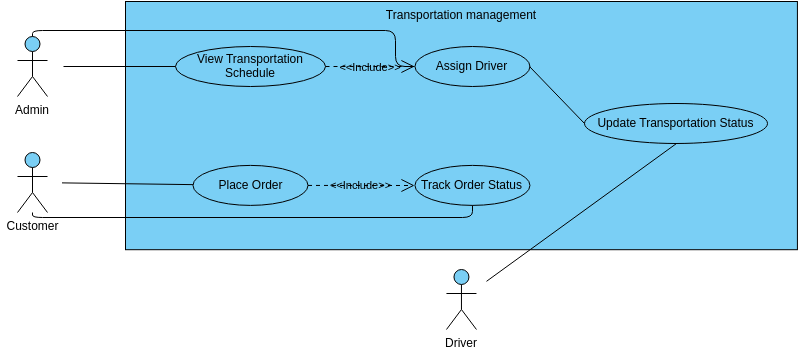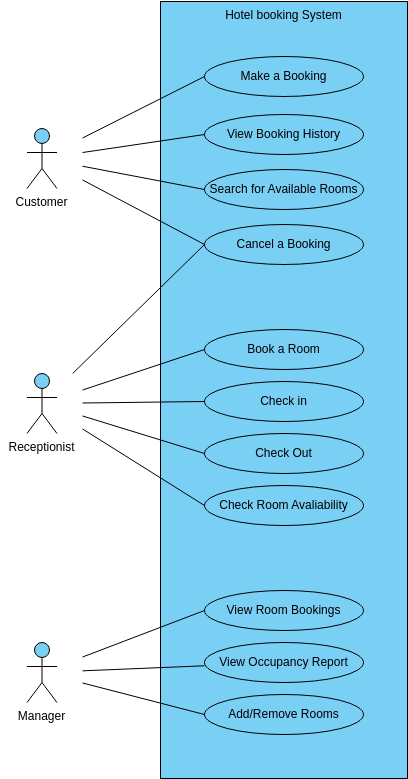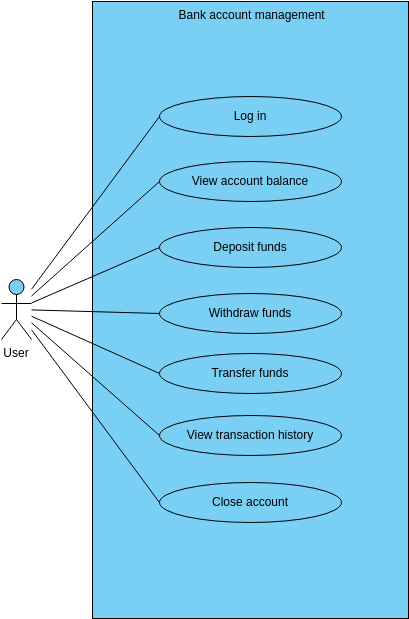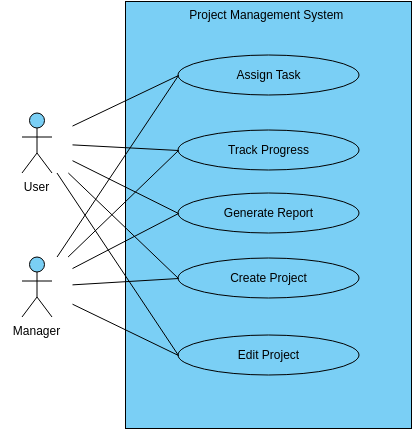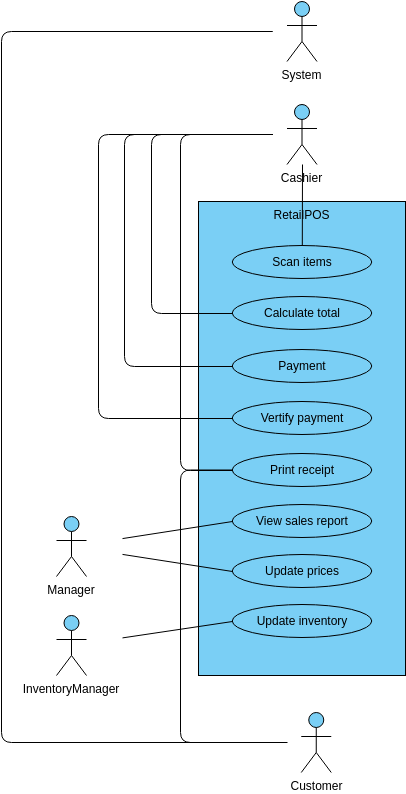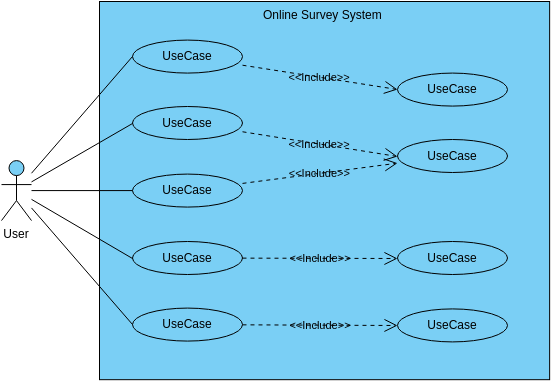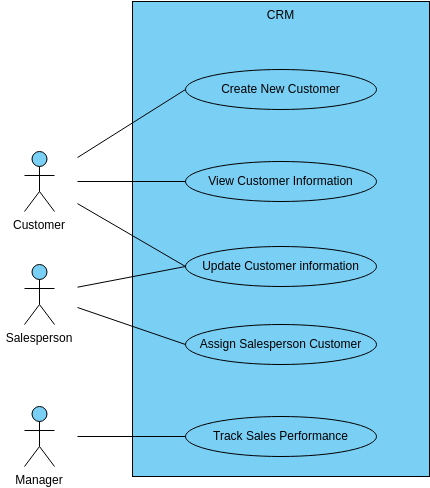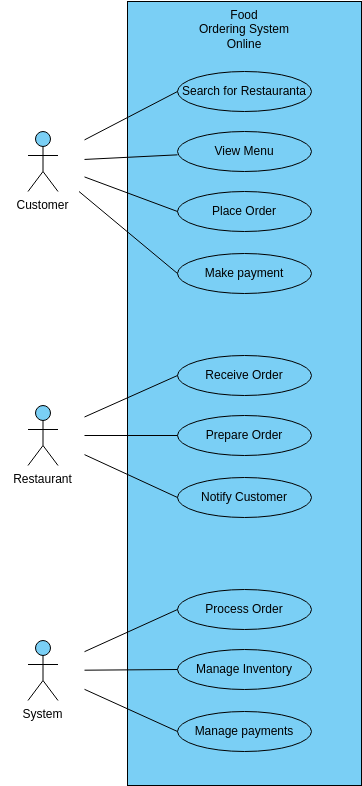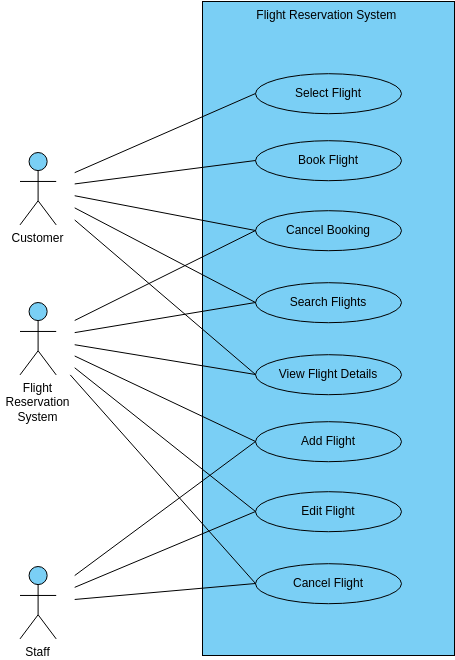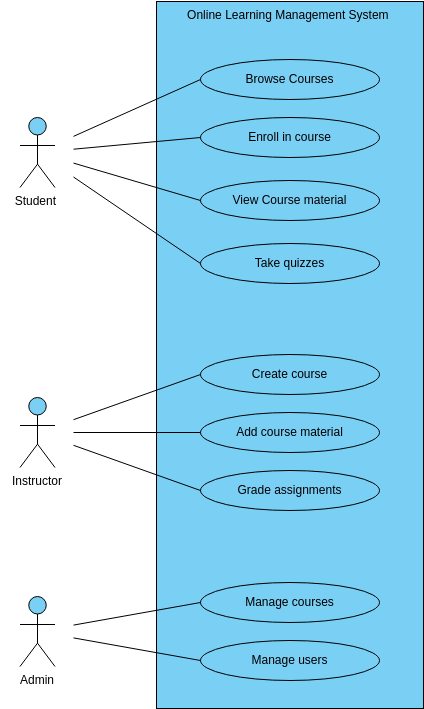Online job portal
An online job portal is a platform that connects job seekers with potential employers, allowing them to search for and apply to job openings. The Search for Jobs use case allows job seekers to search for job openings based on their preferred location, job title, and industry. This use case involves interactions between the user interface and the job portal's job search engine. Job seekers can search for job openings easily and find relevant job opportunities that match their skills and experience.
The Apply for Jobs use case allows job seekers to apply to job openings that they have found through the job search engine. This use case involves interactions between the user interface and the job portal's job application system. Job seekers can submit their resumes, cover letters, and other relevant documents to potential employers, providing them with a convenient and streamlined application process.
The Log In use case allows job seekers and employers to log in to the job portal, providing them with access to their account information and personalized content. This use case involves interactions between the user interface and the job portal's authentication system. By logging in, job seekers and employers can manage their profiles, view their job applications, and track the progress of their job postings.
The Post Job Openings use case allows employers to post job openings on the job portal, providing job seekers with access to new employment opportunities. This use case involves interactions between the employer's user interface and the job portal's job posting system. Employers can post job openings quickly and easily, providing them with a convenient and efficient way to attract qualified candidates.
Benefits of creating this use case diagram
Creating a use case diagram for an online job portal provides several benefits to developers, job seekers, and employers. Firstly, it helps developers to understand the interactions that take place between users and the different components of the system. By identifying the key features of the platform, developers can ensure that each feature is designed to function seamlessly, providing a smooth and efficient experience for both job seekers and employers. This understanding is essential for ensuring that the job portal meets the needs of its users effectively and provides a high-quality service.
Secondly, a use case diagram helps to identify potential issues or bottlenecks in the system, allowing developers and employers to address these issues before they become problematic. For example, if the diagram reveals that the job search engine is not returning accurate results, it may be necessary to adjust the search parameters to ensure that job seekers can find relevant job opportunities quickly and easily. Similarly, if the diagram highlights a bottleneck in the candidate selection system, it may be necessary to redesign the system to ensure that employers can manage and track the hiring process efficiently. By identifying these potential issues early on in the development process, developers and employers can save time and resources, ensuring that the job portal is launched successfully and meets the needs of its users.

